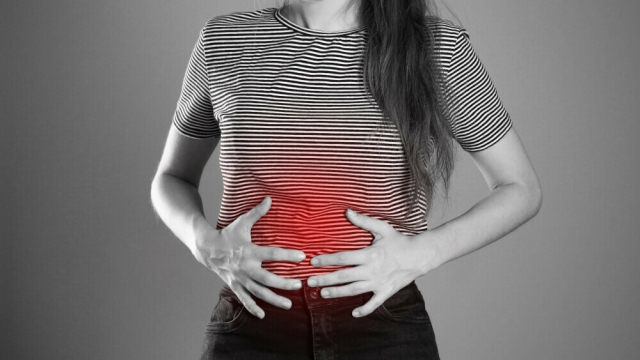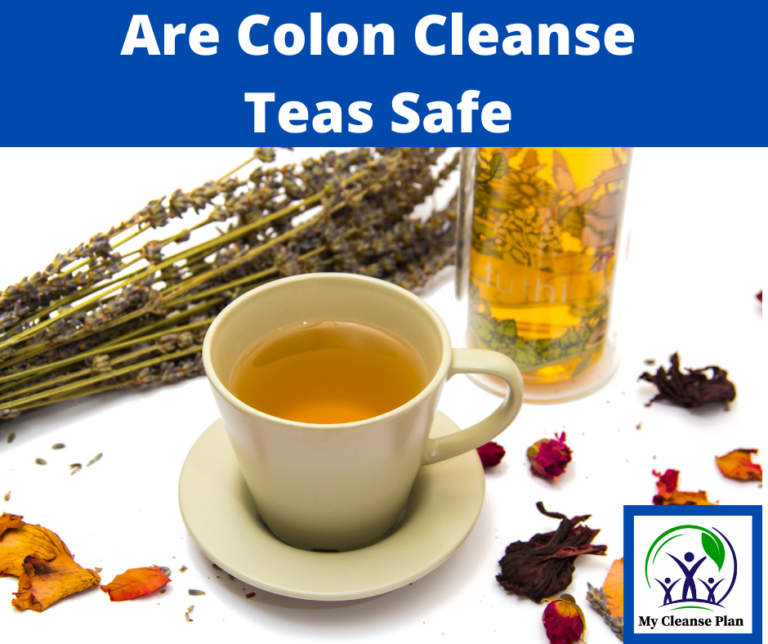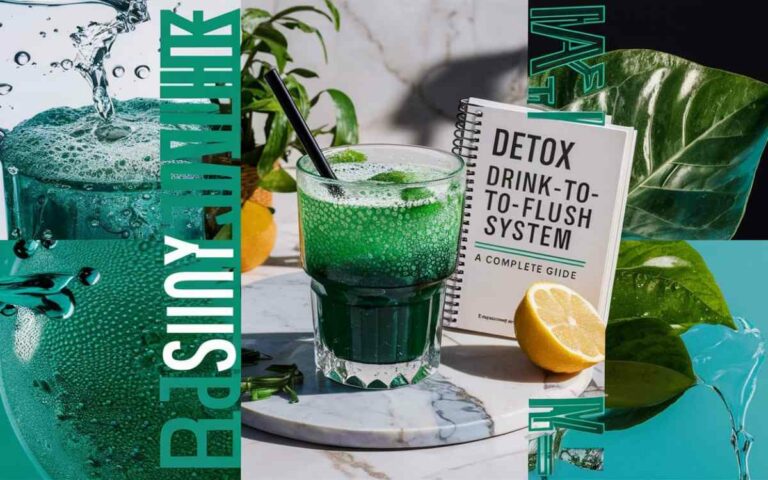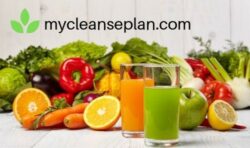What Can You Eat While Taking The Cleaner Detox?
Detox diets have gained significant popularity in recent years, with many individuals turning to these regimens in hopes of cleansing their bodies and enhancing their overall health. One such detox supplement is “The Cleaner”.
When you take the cleaner, it’s essential to follow specific dietary guidelines to maximize the benefits of the detox.
This article will explore the queries on what you can eat while taking the cleaner detox and which foods are on the no-no list.
Key Takeaway
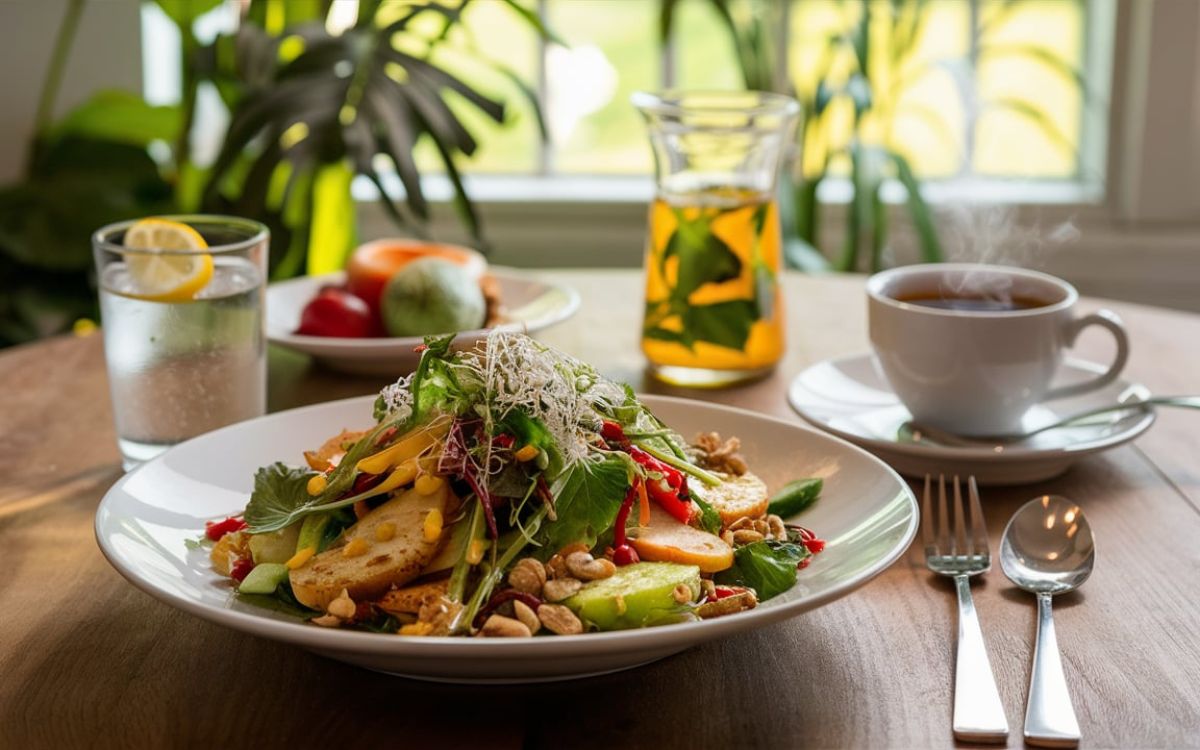
Understanding the Cleaner Detox
The cleaner detox is a 7-day detox supplement, usually in the form of capsules. The cost of the supplements varies, with prices set between $11 and $30, depending on the website or store where you make your purchase.
Its goal is to cleanse various organs in the body, including the liver, colon, kidneys, lungs, and stomach.
The supplement contains a mix of herbs, fibers, and natural ingredients that help eliminate toxins.
Related Article: Is It Time To Detox From Caffeine
What are the Dietary Restrictions or Guidelines for Eating While Taking “The Cleaner” Detox?
To optimize the effectiveness of “The Cleaner” detox, adhere to certain dietary restrictions and guidelines. These guidelines are designed to reduce the intake of toxins and substances that may hinder the detox process.
1. Hydration is Key
One of the most important aspects of any detox, including “The Cleaner,” is staying well-hydrated. Water helps flush toxins out of the body, aids digestion, and supports overall health.
Taking The Cleaner pills may lead to dehydration, particularly during warm weather, so it's important to drink more water.
You need to drink at least 8–10 glasses (about 2 liters) of water per day. Begin your morning with a glass of lemon juice to purify your body and stimulate your digestive system.
Herbal teas (without caffeine) and freshly squeezed fruit or vegetable juices also aid in hydration.
2. Focus on Whole Foods
Whole foods are minimally processed and free from artificial additives, making them ideal for a detox diet.
These foods provide essential nutrients, fiber, and antioxidants that support the body's natural detoxification processes. We encourage the following categories of foods for optimal results:
Fruit Varieties
Look for colorful fruits like apples and apricots, an assortment of berries and melons, tropical fruits like mangoes and kiwis, and stone fruits such as peaches and plums.
Vegetable Selection
Include a range of vegetables, from leafy greens to cruciferous veggies like broccoli and cauliflower, root vegetables like carrots and sweet potatoes, and other favorites like avocados and cucumbers.
Related Article: What is the Alkaline Detox – What Is It All About
Protein Sources
Choose from a variety of proteins, including poultry like chicken and turkey, red meats such as lamb and buffalo, game meats, and fish from cold ocean waters.
Whole Grains
Incorporate grains like brown rice, quinoa, and other ancient grains such as amaranth and millet into your meals.
Nuts and seeds
Snack on nuts like almonds, cashews, and walnuts, and seeds such as flax, pumpkin, and sunflower seeds.
Hydration Options
Stay hydrated with herbal teas, matcha, and pure waters, and enjoy the nutritional benefits of fresh-squeezed juices from fruits and vegetables.
3. Avoid Processed Foods and Additives
Understanding the best foods to eat during a detox cleanse is crucial, but it’s just as important to know which foods to avoid.
Processed foods often contain additives, preservatives, and artificial ingredients that can burden the liver and other detoxifying organs.
Fried and fast foods contain unhealthy fats and calories, providing minimal nutritional benefits. Consuming these foods can stress your digestive system and hinder the detoxification process.
Say no to the convenience of packaged snacks, the allure of fast food, and the familiarity of processed meats.
Be vigilant about the ingredients in your meals; artificial sweeteners, colors, and flavors have no place in a healthy diet. When shopping, make a habit of reading food labels.
This will help you steer clear of products with sneaky added sugars and high sodium content, often hiding behind unrecognizable ingredients.
4. Limit Sugar and Refined Carbohydrates
Drinks like soda and some fruit juices often have a high sugar content. High sugar intake can lead to blood sugar spikes and crashes, which can disrupt the detox process and energy levels.
Refined carbohydrates lack fiber and nutrients, making them less beneficial during a detox.
Related Article: Can I Detox While On The Keto Diet?
Stay away from drinks and foods that are high in sugar, like sodas, sweets, pastries, and white bread. Instead, use natural sweeteners such as honey or maple syrup, but only in small amounts.
It’s better to eat complex carbs, which include foods like sweet potatoes, bread made from whole grains, and beans.
5. Reduce Dairy and Gluten Intake
Dairy and gluten can cause digestive issues for some people and may interfere with the detox process.
Try to avoid foods rich in dairy and lactose, such as milk, cream, ice cream, sour cream, cheese, and butter.
Instead, make a more stomach-friendly choice, like yogurt. It consists of probiotics and prebiotics that help reduce inflammation and calm your digestive system.
You should also stay away from gluten-containing foods such as bread, pizza, pasta, cereal, flour tortillas, cakes, cookies, and crackers. Choose gluten-free grains like quinoa, rice, and gluten-free oats if you suspect sensitivity.
6. Minimize Alcohol and Caffeine
Alcohol and caffeine are considered to be toxic substances. They impair liver function and contribute to inflammation in the body.
They exert extra pressure on the liver in order to break them down. Limiting these substances can help the liver focus on detoxification.
Related Article: Can a Cleanse Help With Allergies
Why are certain foods allowed or restricted during “The Cleaner” detox program?
“The Cleaner” detox program helps promote the body’s natural balance and function by encouraging the consumption of foods that aid in detoxification, are easily digestible, and are rich in nutrients.
These include hydrating beverages like water, herbal teas, and natural juices, as well as whole foods that are dense in nutrients and fiber.
The program advises against processed foods, dairy products, gluten-containing products, refined sugars, and carbohydrates, which can introduce new toxins and cause inflammation.
We reduce the intake of alcohol and caffeine to support the liver and prevent oxidative stress.
While detoxifying foods rich in antioxidants, such as cruciferous vegetables, garlic, and turmeric, is beneficial for detoxification.
Overall, the right dietary choices can significantly aid in toxin elimination and improve bodily functions, while the wrong ones may impede the detox process and pose health risks.
Sample Meal Plan for “The Cleaner” Detox
Plan your meals to include a balanced diet rich in a variety of fruits, vegetables, lean proteins, whole grains, and healthy fats. A sample meal plan that aligns with the dietary guidelines for “The Cleaner” detox includes:
Breakfast
- Smoothie made with spinach, kale, banana, blueberries, chia seeds, and almond milk.
- Herbal tea (e.g., peppermint or chamomile).
Mid-Morning Snack
- An apple paired with a handful of almonds mycleanseplan.
Explore Also:
Creativehouseblog
Dietsheriff
Gigasecurehome
Lunch
- Quinoa salad with mixed greens, cherry tomatoes, cucumber, avocado, and a lemon-tahini dressing.
- Grilled chicken breast or tofu as protein supplement.
- Water with a slice of lemon.
Afternoon Snack
- Carrot sticks and hummus.
- Herbal tea.
Dinner
- Salmon with steamed broccoli and sweet potatoes.
- Green salad with olive oil and vinegar dressing.
- Water or herbal tea.
FAQs- What Can You Eat While Taking the Cleaner Detox
What foods should I focus on while doing the Cleaner Detox?
Prioritize fruits and vegetables, especially leafy greens, cruciferous veggies (broccoli, cauliflower), berries, and citrus fruits.
These foods are full of detox-supporting nutrients and antioxidants.
What should I drink while taking the cleaner detox?
When using the cleaner detox, you should drink lots of water, herbal teas, and fresh juices with antioxidants to support detoxification mechanisms, particularly in aiding the liver to neutralize and eliminate toxins.
Lemons are indeed the top choice for their high vitamin C content.
How long should I stay on the cleaner detox?
The duration can vary depending on the specific product and your individual goals. Most cleaner detox programs recommend a duration of 7 to 14 days.
Always follow the manufacturer’s guidelines and consult with a healthcare provider.

